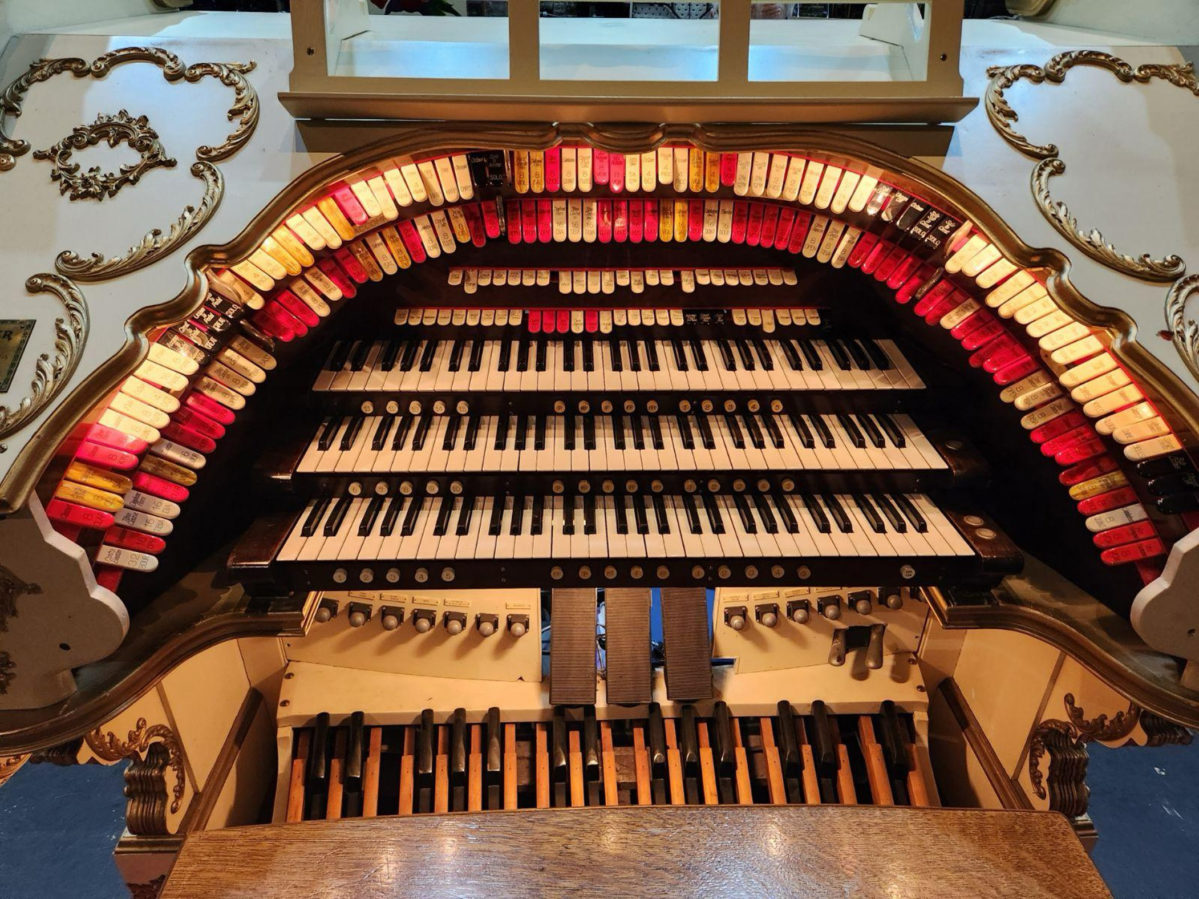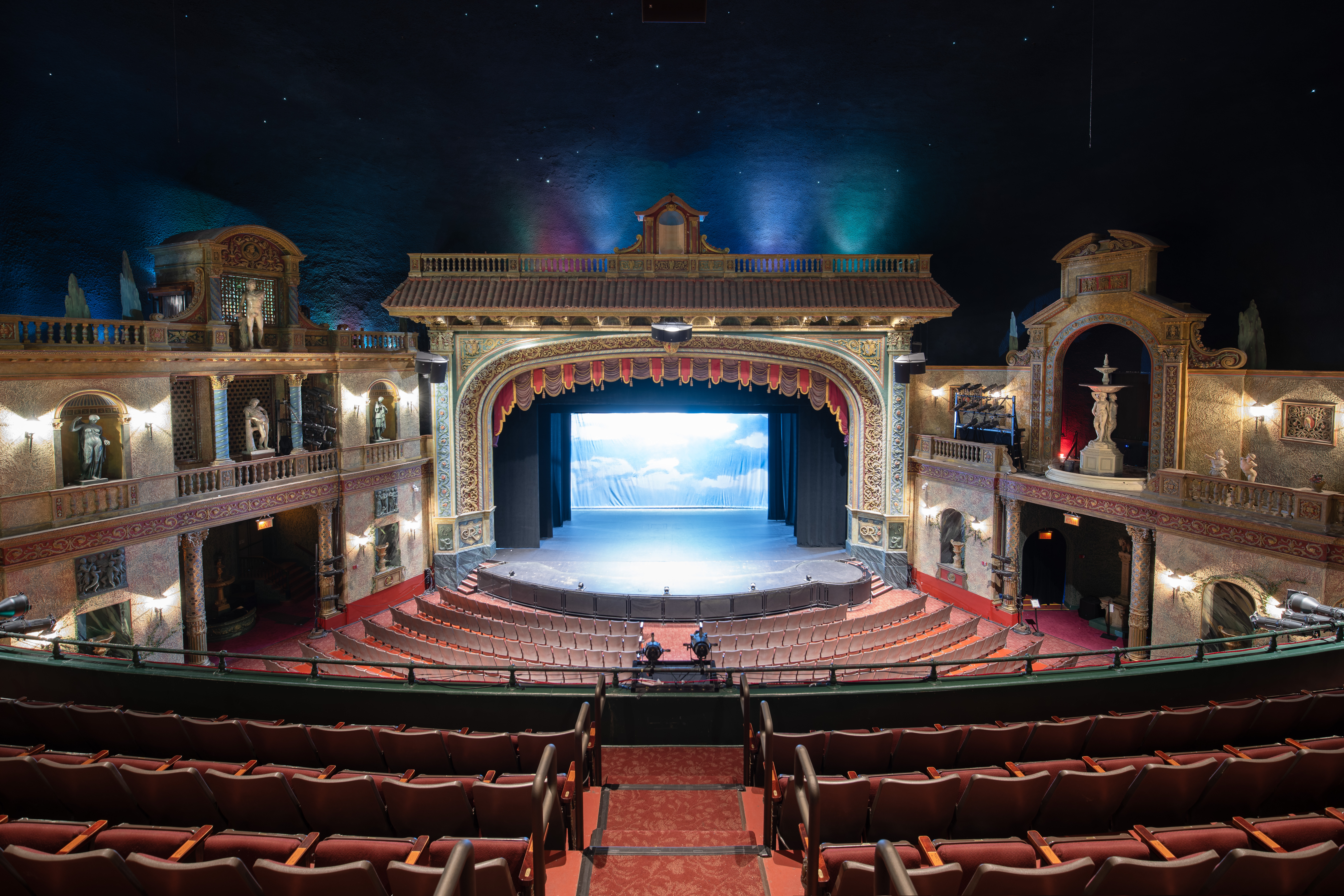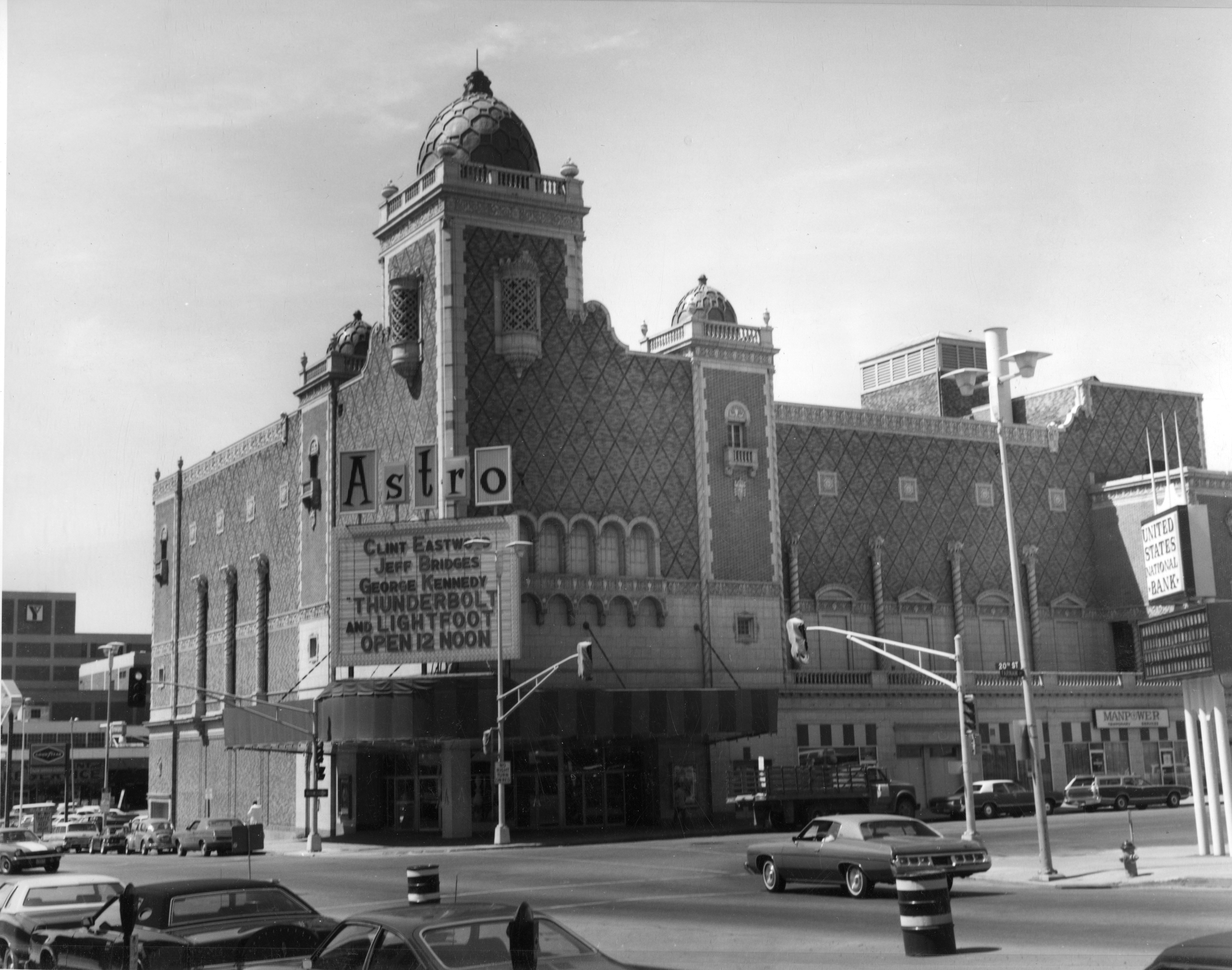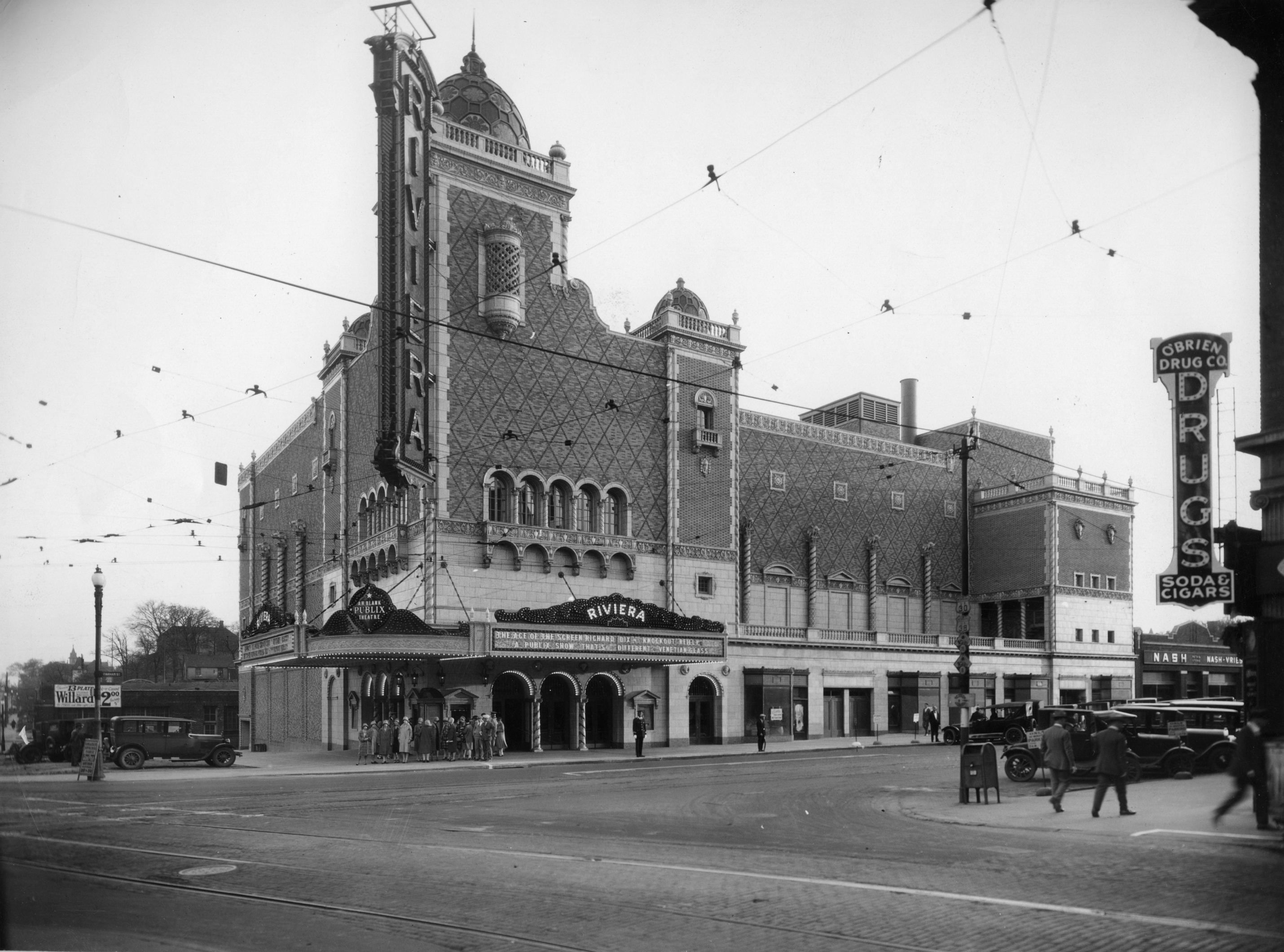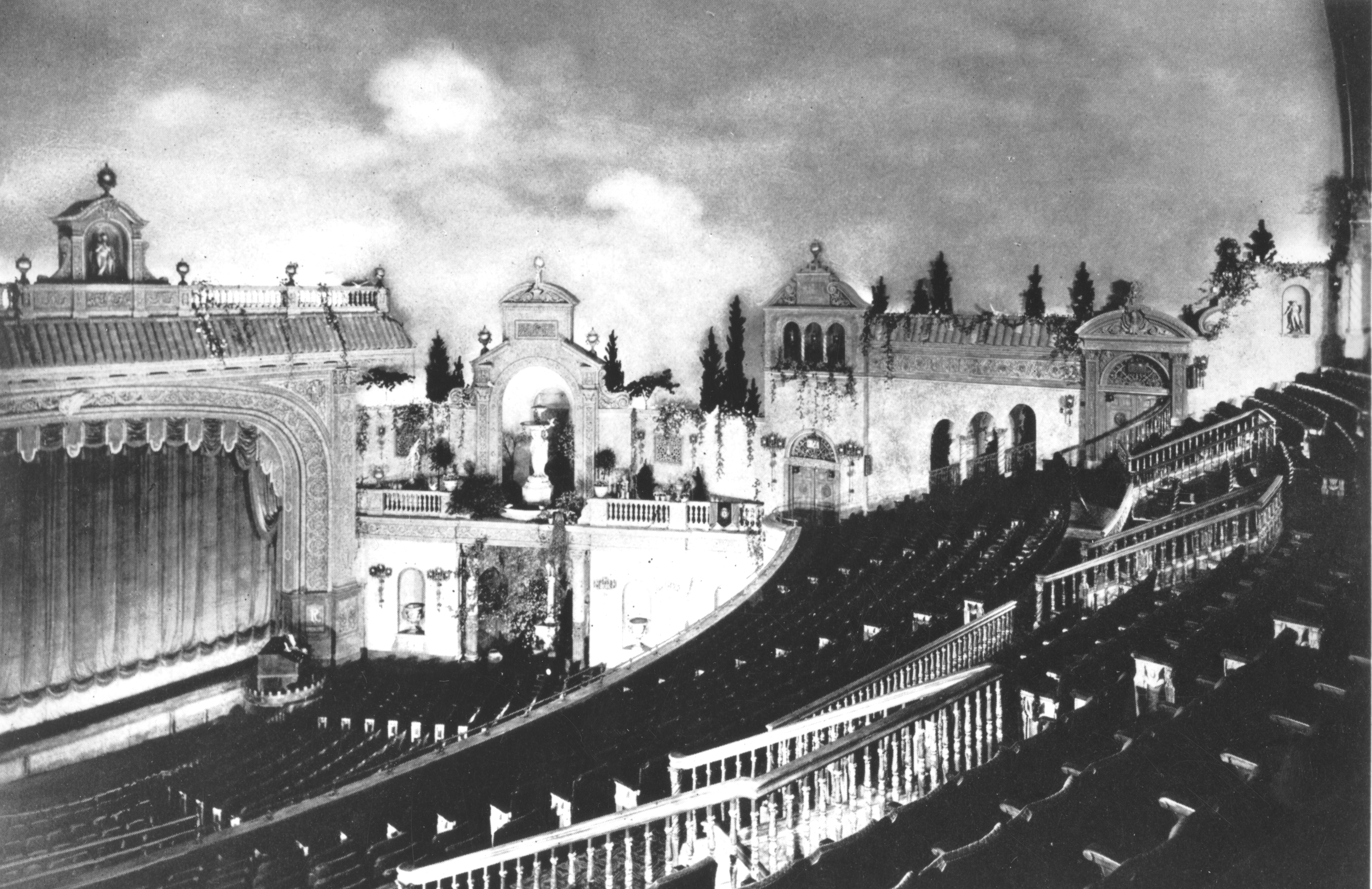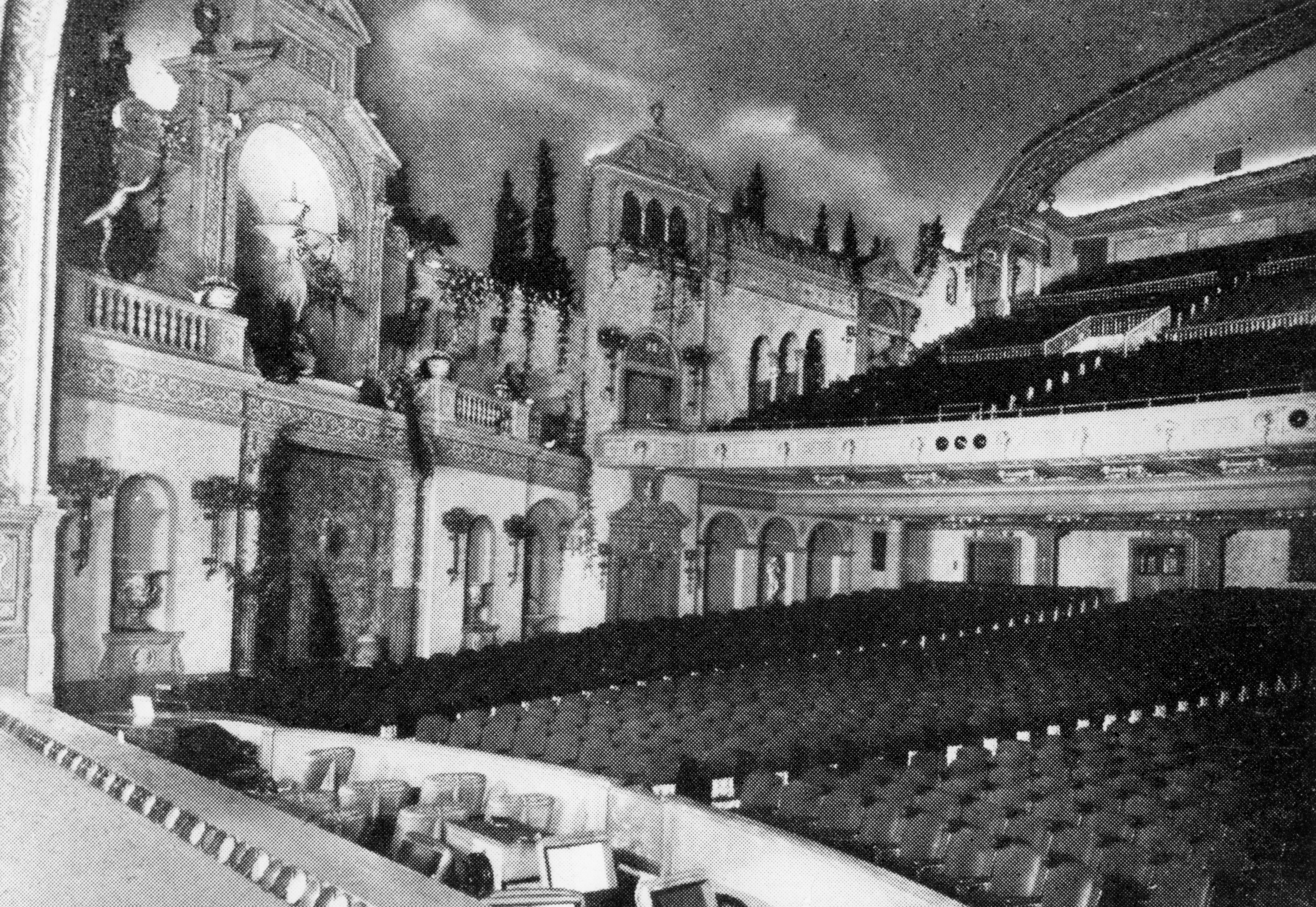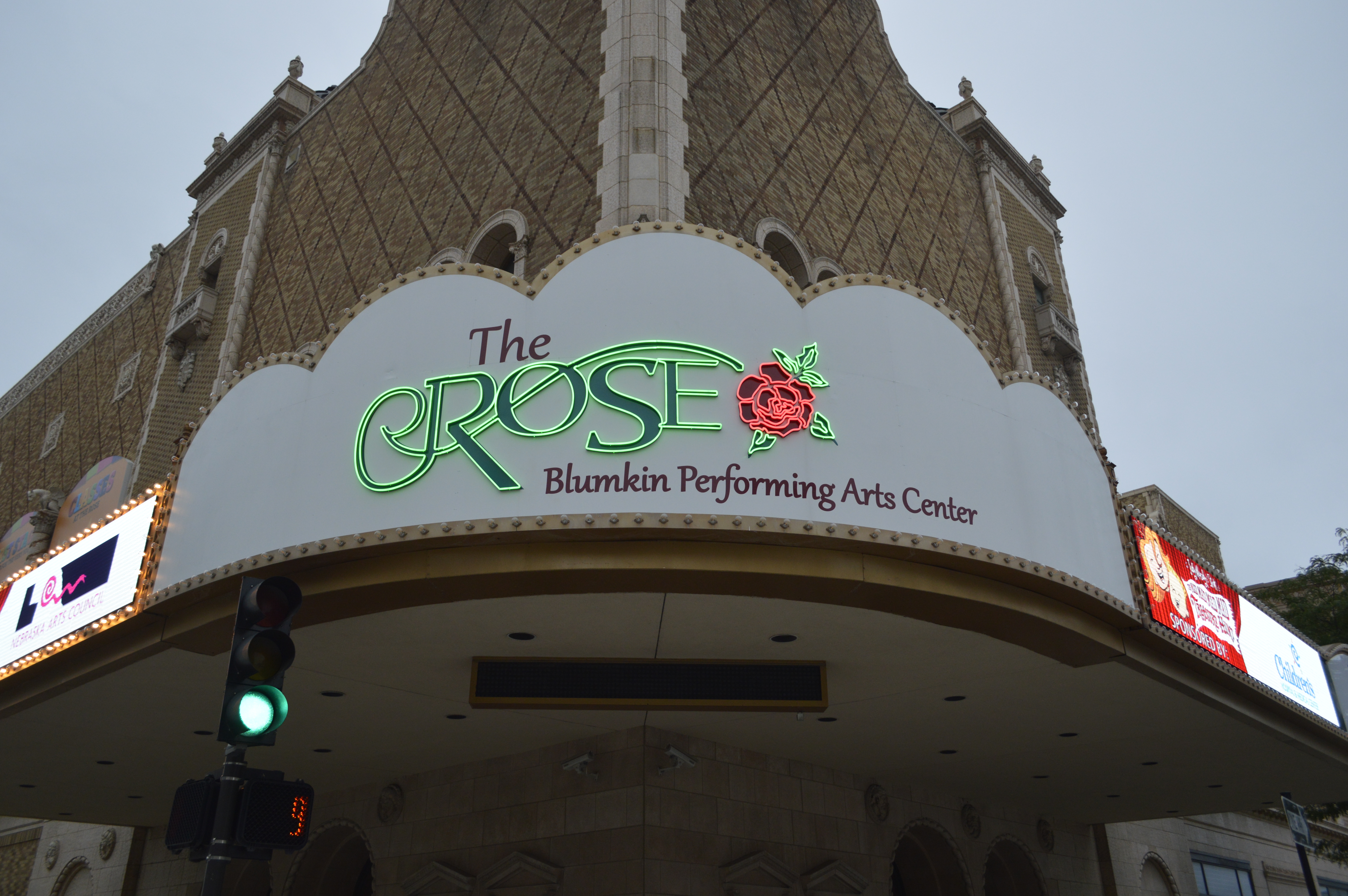Rose Summer Camp Registration Opens January 5! Join our mailing list to be notified when registration goes live.
Our History
In 1948, Emmy Gifford and two volunteers from the Junior League of Omaha were inspired to start a theater for young audiences, and one year later, the Omaha Junior Theater was born. One of the oldest of its kind in the US, the organization grew and thrived despite not having a permanent home or paid staff for 25 years.
In 1974, a fundraising campaign enabled the Junior Theater to find a permanent home — complete with a 500-seat theater, classrooms and a costume shop — at the Center Theater, a neighborhood movie house. In 1977, the theater company was renamed The Emmy Gifford Children’s Theater to honor its founder and her dream.
In 1993, a donation from the Blumkin Family took the theater to a new location and the company changed its name to the Omaha Theater Company. After a $10 million renovation, the company moved into the old Astro Theater — renamed The Rose Blumkin Performing Arts Center. The Omaha Theater Company first staged a production at The Rose Theater in 1995.
More than 75 years after its humble beginning, The Rose Theater has a well-seasoned, professional staff dedicated to enriching the lives of children and their families through live theater and arts education.

The Rose Theater Building
The Rose Theater is one of few buildings in the Midwest possessing a unique combination of Moorish and Classical architecture. The Rose is one of the last grand movie palaces left from the days when going to the theater meant escaping into an opulent dreamland.
1920s
The Riviera
Owner A.H. Blank and architect John Eberson truly made magic when they opened The Riviera’s doors in 1927. The Riviera’s enchanting decor included tapestries and oriental rugs, sculptures and friezes, intricate mosaic flooring, fountains and perfect acoustics from front row to back row. The walls of the auditorium were decorated with Mediterranean-style murals and balconies. The ceiling brimmed with electric stars and clouds. Audiences filled the 2,776 seats to watch an entire evening’s entertainments with fully orchestrated song and dance acts, vaudeville skits and feature films.
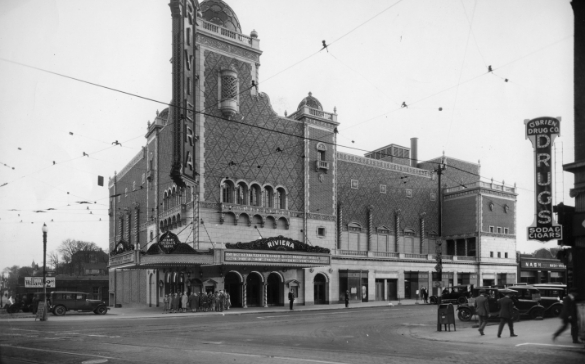
The Riviera Theater, April 1927
1930s to 1950s
The Paramount Theater
After the stock market crash of 1929 took a toll on A.H. Blank’s dream, The Riviera was sold and renamed The Paramount Theater. The new owners installed a miniature golf course in the lower lobby to attract new customers. After several fits and starts in the 1930s, The Paramount Theater stayed open through the 1950s for stage shows, concerts and movies.
1960
Creighton University
Creighton University purchased the theater in 1960 after Americans had traded their taste for grand evenings at movie palaces to evenings in front of their home television sets. Creighton removed the seats from the auditorium, which became home to the Omaha Packers, a professional bowling team.
1960s to 1970s
Dubinsky Brothers
In 1962, Creighton University leased the building to the Dubinsky Brothers Theaters, who remodeled the structure extensively and removed or concealed much of the building’s lavish decor. The Dubinskys renamed the building as the Astro Theater in honor of astronaut John Glenn’s historic flight. The Astro showed movies until 1979, when it closed.
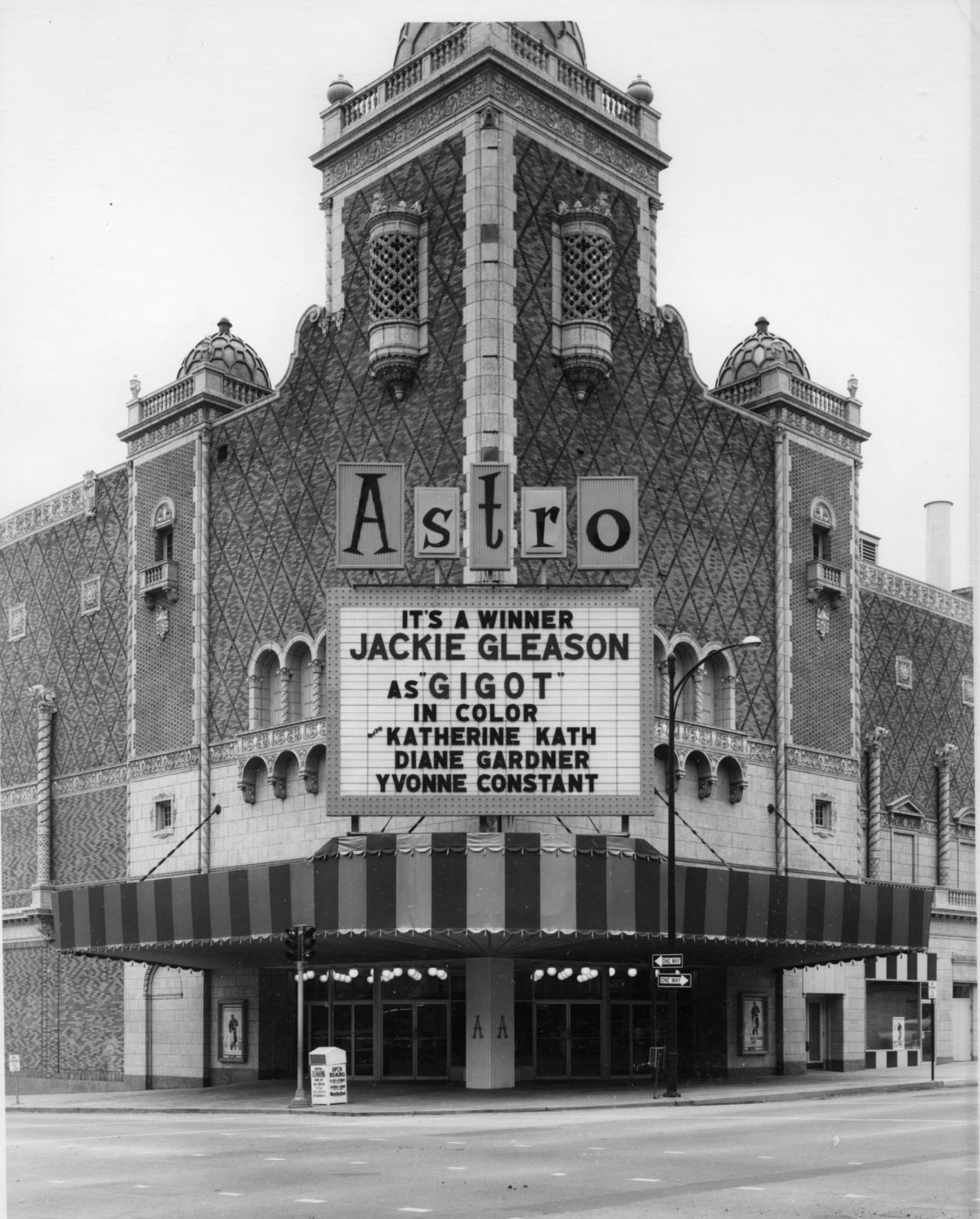
The Astro Theater
1981
Rose Blumkin
Creighton University requested bidders for the property when the Astro closed, but by 1981, it seemed that the wrecking ball would be its fate. Rose Blumkin, founder of Nebraska Furniture Mart, heard of the Astro’s plight and told her daughter, “Go buy it. I don’t care what you pay for it!” After careful consideration, Rose Blumkin and her family generously deeded the building to the Omaha Theater Company for Young People and contributed the first $1 million toward the renovation, on the condition that the theater secure the remaining funds for full restoration and endowment for maintenance and repairs.
1990s
Restoration
Despite being vacant and unheated for a decade, the building was in excellent condition as renovations began. Restoration included the repair of decorative plaster, construction of new classrooms and administrative support spaces and bringing the facility up to current building codes, including ADA accessibility and the replacement of the 65-year-old mechanical, electrical, plumbing and stage-rigging systems.
All restorations, designed by Alley Poyner Macchietto Architecture and carried out by Kiewit Construction Company, remain consistent with the intent and spirit of John Eberson’s original creation. The Astro was renamed the Rose Blumkin Performing Arts Center as a tribute to the Blumkins’ generosity.
Today
The Rose Theater
In April of 2012, Bahr Vaermeer Haecker Architecture (BVH) and Kiewit Building Group further restored The Rose, repairing a leaky facade, oriel windows, balustrades, columns and balconies. Consultants Wiss, Janney, Eistner Associates (a team of conservators, architects, engineers and scientists) identified how to best preserve The Rose’s unique terra cotta brickwork. Chicago-based Mark1 Restoration recreated the theater’s ornate terra cotta work, safeguarding the artistic value value of Omaha’s historic Mediterranean-inspired theater.
During the summer of 2014, the ceiling of the lobby and mezzanine was repaired and repainted with the familiar sky-themed mural. Ceilings and The Rose main stage were upgraded with new lighting.
Today, The Rose Theater stands fully restored and ready to delight audiences for decades to come.
About The Rose Theater’s Pipe Organ
The Rose is fortunate to have a restored Wurlitzer Theatre Pipe Organ, a 3-manual, 21-rank theater pipe organ which was originally installed when the theater was built in 1927. It is the only theater pipe organ in concert condition in the state. The organ is maintained by the River City Theatre Organ Society (RCTOS). RCTOS holds an annual concert featuring The Rose’s Wurlitzer. For more information, check out the RCTOS website, or visit our Calendar page for information on upcoming organ concerts.
